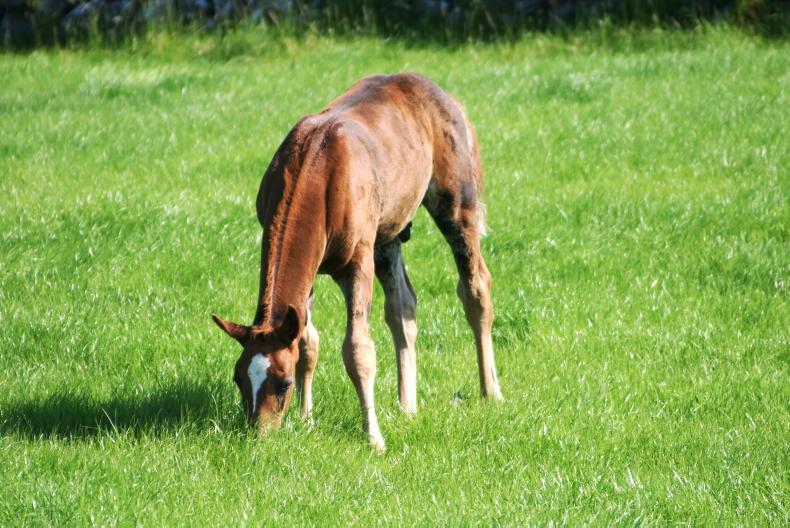AFTER the extremely wet winter, ground condition is poor and we all know good grass is one of the most cost-effective ways to keep your horses happy and healthy.
The most common things we see in horse paddocks time and time again are compaction, poached and over-grazed nutrient deficient soil. The weather has only made these things worse this spring, but the good news is they are all treatable.
One of the best ways to deal with compaction is aerating. Aerating involves putting slits into the ground to break the compacted soil, allowing the air, water, and heat to penetrate the soil. Breaking the compaction allows the grass to form a better root structure, thereby increasing grass growth. Aerating also allows for better drainage which this year is more important than ever.
Little potholes
The second most common thing we are seeing this spring is badly poached ground as a result of horses being out for the winter. This tends to be extremely uneven, non-productive ground that can be worse around gateways and feeding areas, leaving behind a surface of little potholes that collect water and are slow to drain.
If left to dry out they leave an extremely uneven hard surface that could even lead to injury or food damage for your horse. The best remedy would be a combination of rolling, harrowing, and aerating.
Looking forward into the future, with the change in weather pattern and seasons, this is likely to be an ongoing issue and our ground could become harder to manage. To negate this, we need to start planning further ahead.
We should be taking inspiration from other sectors, like the dairy sector. They commonly use soil analysis to focus grass fertilisation and nutrition, allowing them to give the soil what it needs most. They also use paddock rotation to tackle overgrazing and drainage works, to name but a few.
